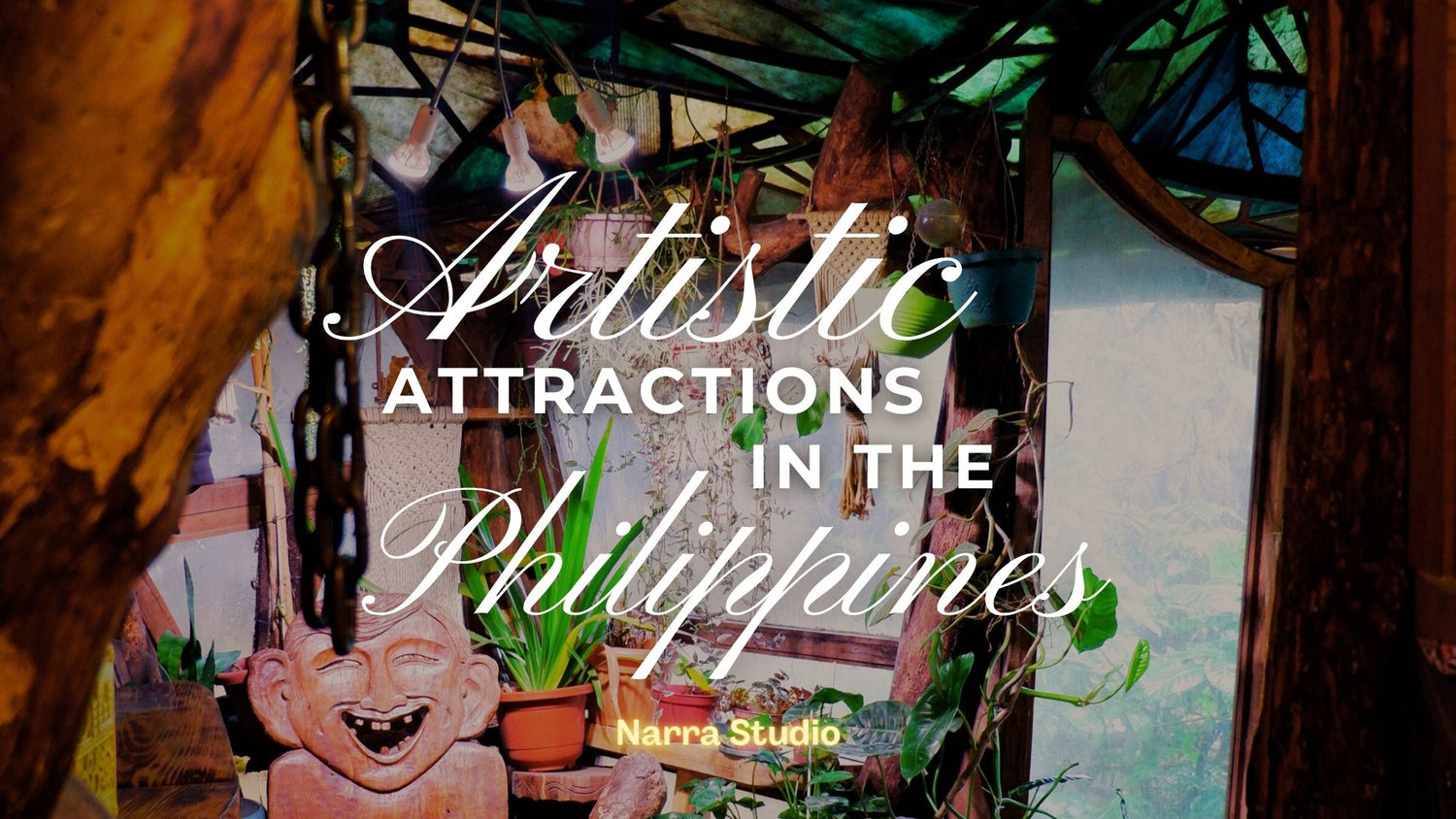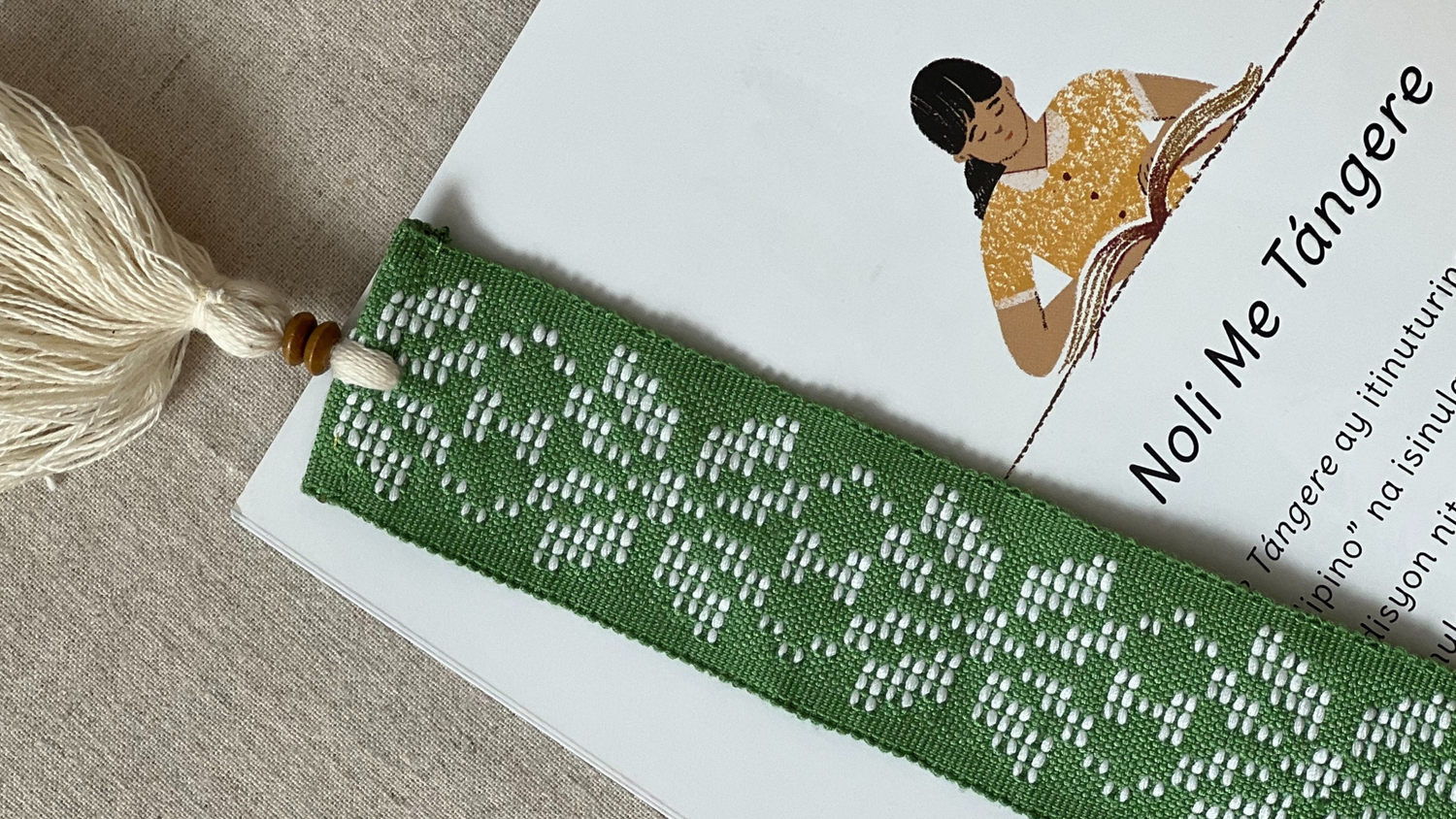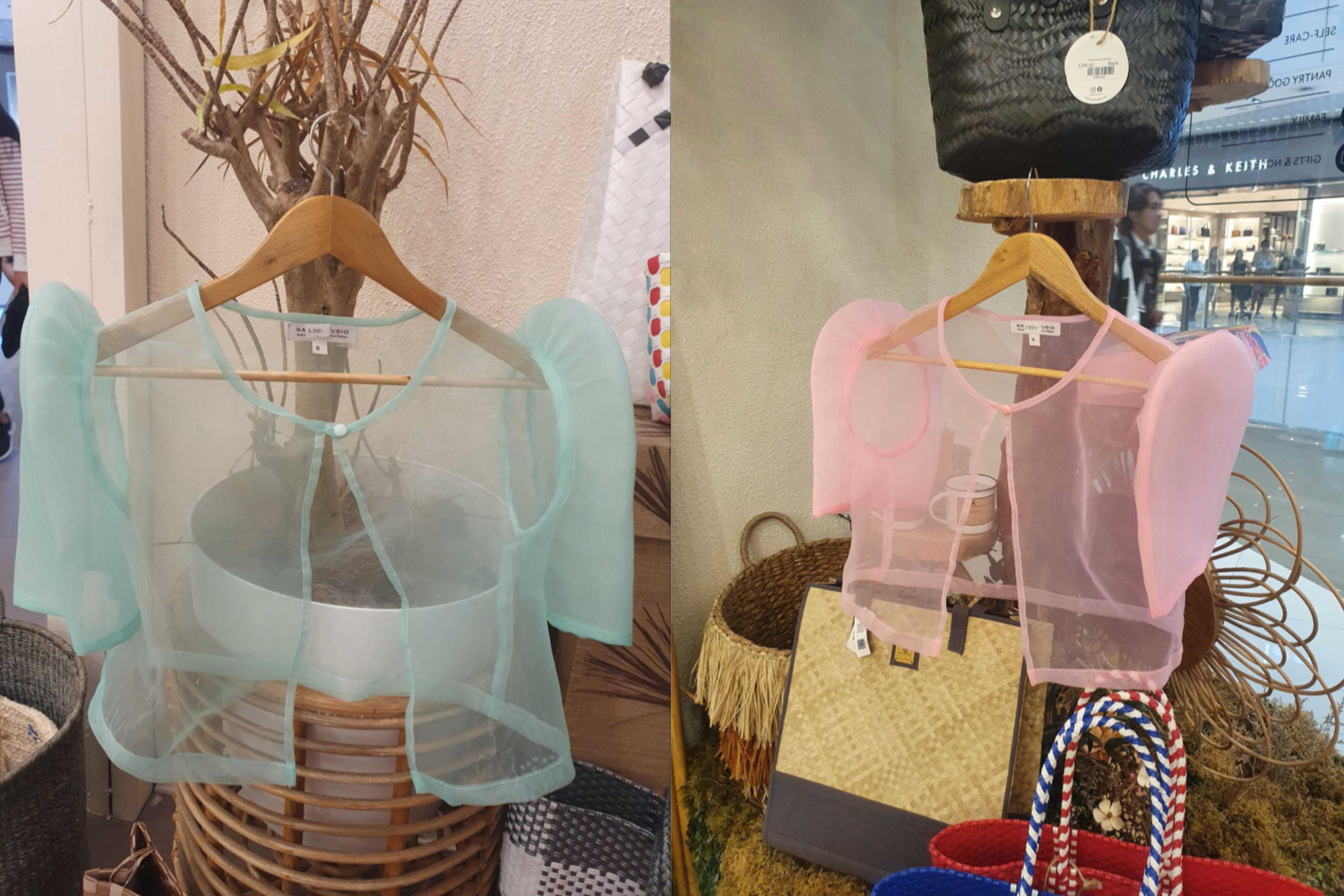We recently took a look at weaving communities in Luzon and Panay and Visayas. Now let's look at the rich weaving traditions in the southern Philippines in Mindanao.
Eastern Mindanao: Agusan, Bukidnon, and Davao
We’ll start with the eastern half of Mindanao, where we can find the Agusan Manobo, the Mandaya, the Higaonon Manobo, the Bagobo, and the Kulaman people.
The Mandaya use cotton and abaca for weaving and gather dyestuffs from their immediate surroundings, fixing black hues with iron-rich mud as mordant. They produce their ikat abaca cloth they call dagmay, which is coarsely textured and woven using the back-strap loom. The Mandaya weavers also put embroidery on their cotton blouses and also attach beads and coins along the hems.
The Kulaman also work with abaca but the backstrap loom-woven cloths are of plain natural color. Meanwhile, the Higaonon Manobo also use abaca in textile production and use aniline dyes for adding color. The Bagobo also weave their inabal cloth from abaca, dyed with plant-extracted dyestuffs.
 Historical Painted Postcard of Manobos © Smithsonian Learning Lab
Historical Painted Postcard of Manobos © Smithsonian Learning Lab
South Cotabato
The B’laan and T’boli people are neighbors and are in the same language group. Both communities use abaca fibers, naturally occurring and aniline dyestuffs, and back-strap looms in their weaving, but they differ in some of their design techniques and patterns.
T'boli Dream Dancer of the Sarangani by Lyn Lambago, Founder of the Lehumen Dance Troupe
Both B’laan and T’boli weavers dye the abaca fibers using the ikat tie-dye resist technique and apply embroidery to make the woven cloths and garments more beautiful. The B’laan produce the textile they call mabal tabih, tabih also referring to the tubular skirt the women wear.
The T’boli are known for their t’nalak cloth, considered sacred, as the patterns and designs on the cloth are believed to have been bestowed upon the weavers by Fu Dalo, the guardian spirit of abaca, through their dreams, earning them the name "dream weavers."
 T'nalak weaver at Lake Sebu, South Cotabato
T'nalak weaver at Lake Sebu, South Cotabato
Western Mindanao: Zamboanga, Lanao, Maguindanao
There’s more to see in Mindanao, especially when you visit the weaving communities of the Subanen, the Maranao, and the Maguindanao.
The Maranao and Maguindanao both use silk along with cotton for weaving and add color using aniline dyes. Textiles produced by these two weaving communities are sewn into the malong, a large tubular garment worn by men and women. The Maranao weavers, like the Subanen weavers, use the back-strap loom, while the Maguindanao weavers use the pedal-frame loom. The Subanen weave mainly with abaca to produce the gampok palaw, a tube skirt for women.
 Handwoven Inaul Malong by the Ansing Family
Handwoven Inaul Malong by the Ansing Family
Basilan and Jolo Islands
We’re now at the southernmost tip of the Philippines, a group of islands collectively known as the Sulu Archipelago. It is here where we’ll find two colorful weaving communities: the Yakan of Basilan and the Tausug of Jolo.
Most of the Yakan have moved from Basilan to Zamboanga because of armed conflicts in their hometown, but they’ve taken their culture with them, so their weaving tradition survives. The Yakan are known to be highly skilled weavers, using different design techniques, such as the tapestry weave and the multi-heddle technique, depending on the cloth or garment.
The Tausug are also skilled in embroidery and tapestry weaving. The pis syabit, a headscarf traditionally worn by Tausug men and warriors, is a fine example of a piece done in tapestry weave. There are no preset design sticks or pre-patterned warp yarns - the pattern is all in the weaver’s imagination. What makes it more amazing is that the resulting designs are perfectly symmetrical and in a variety of colors - up to eight!
The Yakan seputangan is one of the most intricate Yakan weavings, often worn as a headscarf or across the waist. NARRA is proud to partner with fourth-generation weaver and culture bearer Evelynda for our Yakan headscarves.



 Historical Painted Postcard of Manobos
Historical Painted Postcard of Manobos  T'nalak weaver at Lake Sebu, South Cotabato
T'nalak weaver at Lake Sebu, South Cotabato Handwoven Inaul Malong by the Ansing Family
Handwoven Inaul Malong by the Ansing Family


